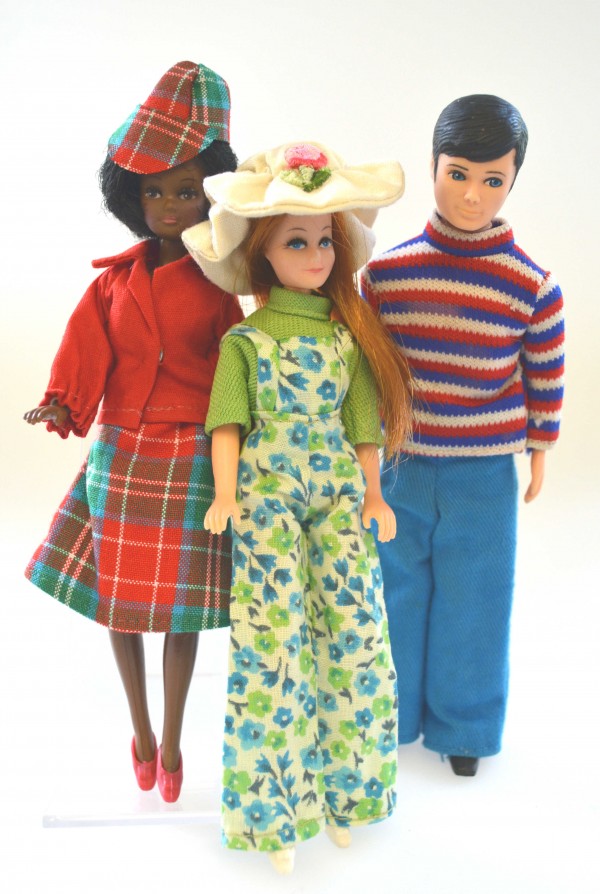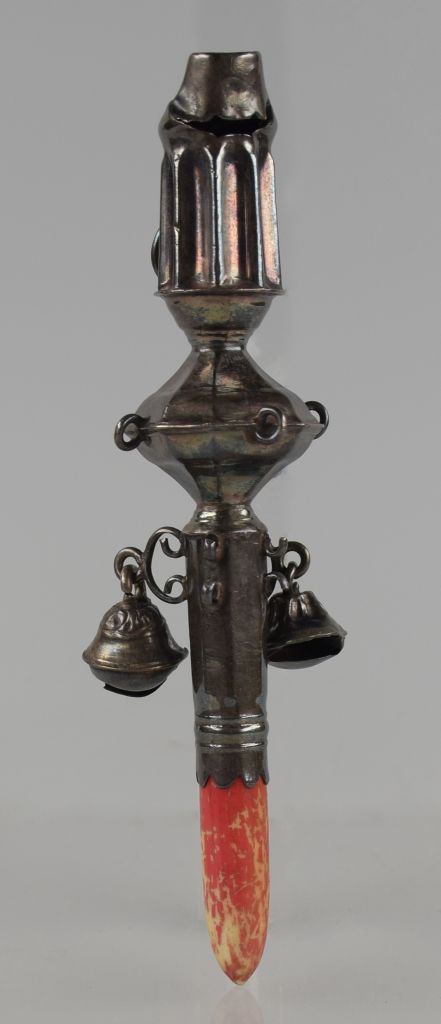Toys and Games

You might not have heard of the Leicestershire toy company Palitoy, but you may well be familiar with some of the toys they produced over their 75 year history. Action Man, Star Wars figures, Play-Doh, Pippa, Tressy, and Care Bears are a few of the best-selling toys to have a connection with this famous Leicestershire company and its factory in Coalville.
Although the factory closed in 1984, we have a good selection of the toys that they made from early plastic rattles onwards.


Dating from the early 17th century, a unique hoard of more than 200 toys was found behind a bricked-up stairwell in St. Dionysus Church in the centre of Market Harborough. The toys include whip-tops, tip-cats, small balls and sap whistles. They were made from wood, pig's knuckle bones and fabrics, all easily obtainable materials to children who had to make their own toys long before they were manufactured. Tip-cat in particular, a game where children have to hit a small stick with a bigger stick, has been popular for hundreds of years and was often seen as a nuisance. It is likely that this hoard was confiscated from children causing trouble around the church more than 300 years ago.





